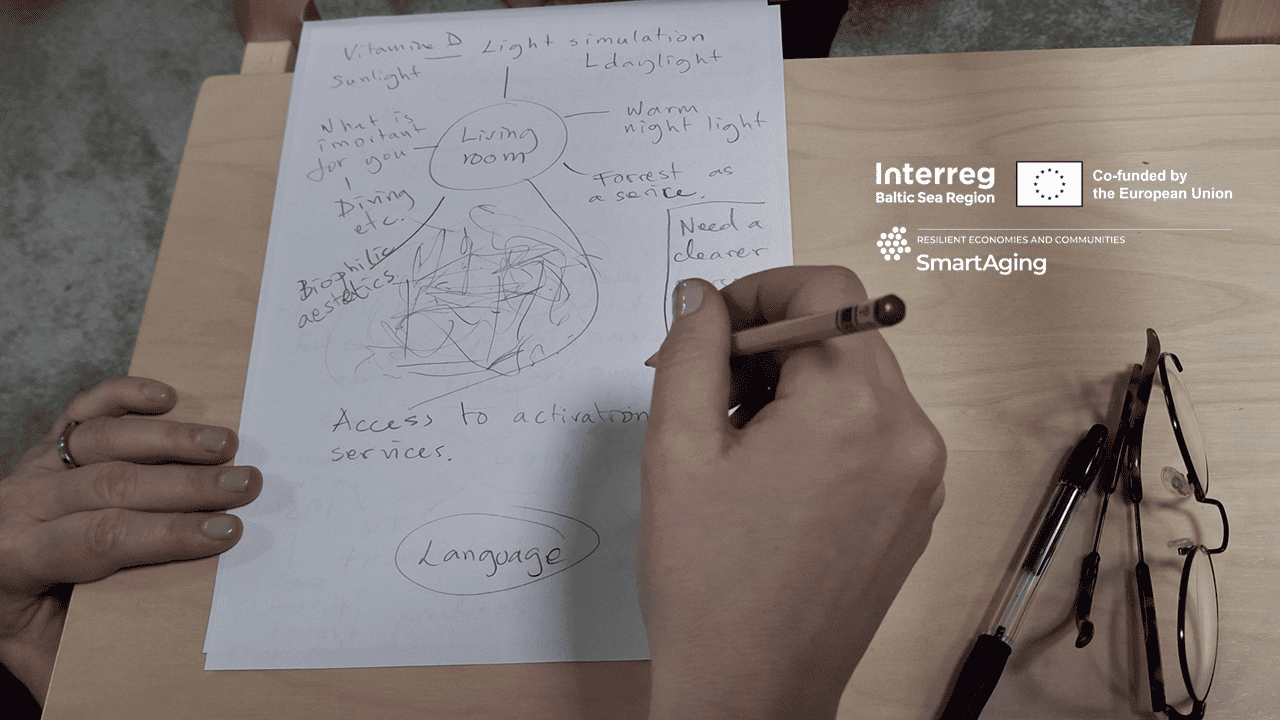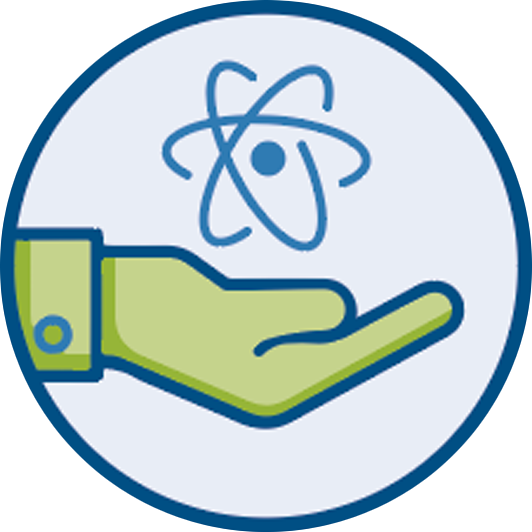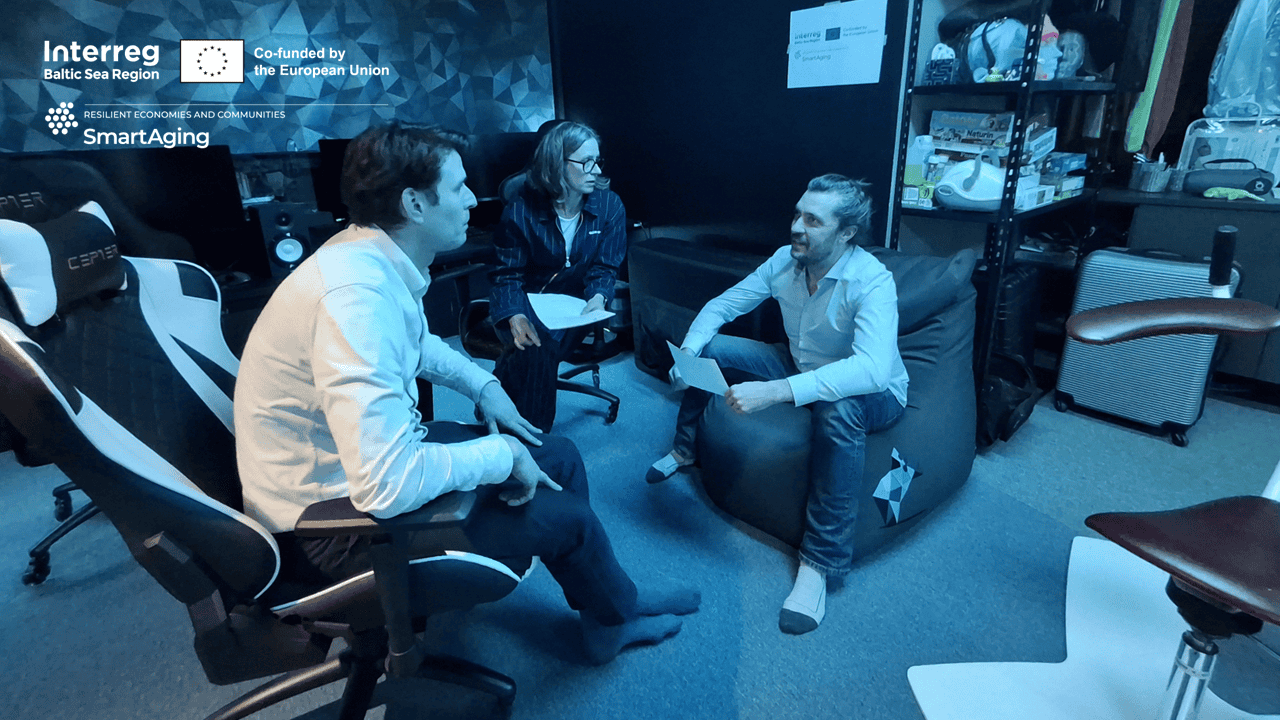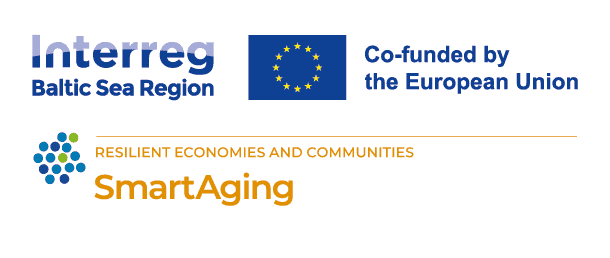
SmartAging launches with a collaborative start toward sustainable aging environments
15 April 2025
The SmartAging project officially began its journey on 14 April 2025 in Pori, Finland, with a full-day kick-off meeting hosted by Satakunta University of Applied Sciences (SAMK) through its Resource Wisdom research entity. The event brought together all consortium members from Finland, Sweden, Germany, and Poland for a hands-on, collaborative launch. With the participation of professionals in design, care, materials science, education, and sustainability, the day reflected the project’s multidisciplinary ambition to improve indoor environments in assisted living settings through inclusive, sustainable, and environmentally responsible design.
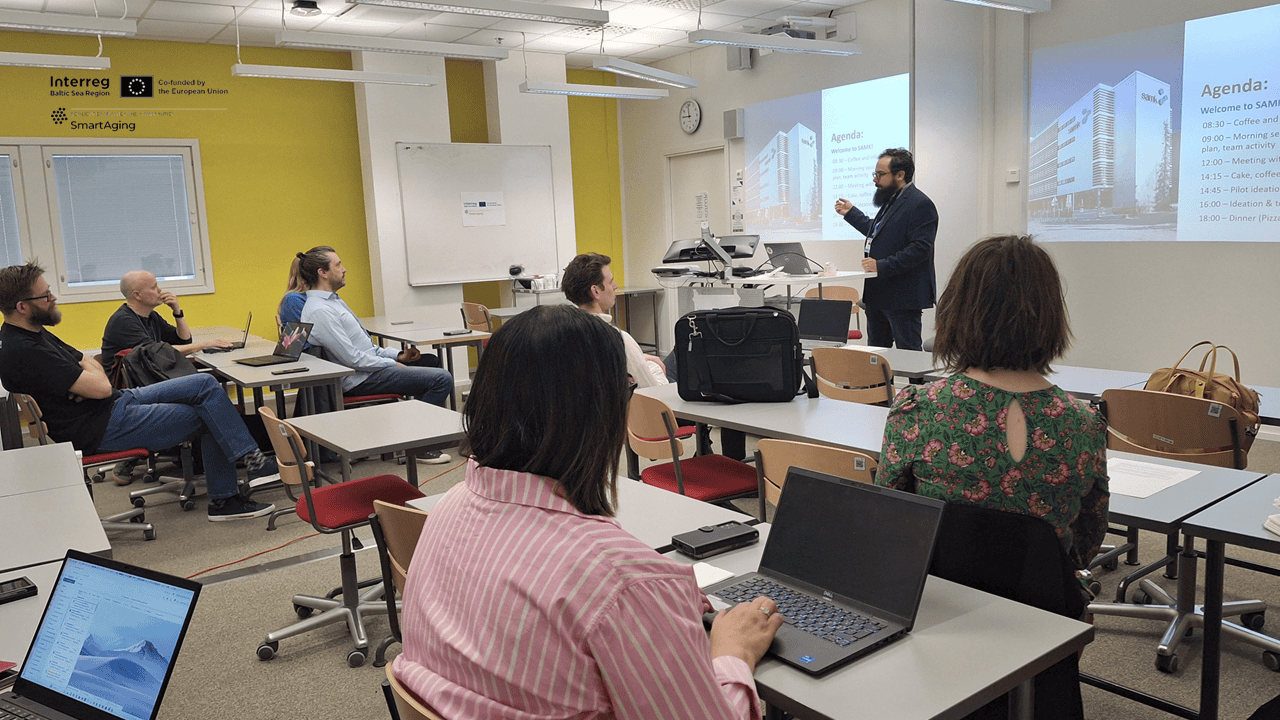
The morning session focused on setting the groundwork: aligning project goals, work package responsibilities, and the shared values that define SmartAging. Discussions emphasized not only the technical and design ambitions of the project but also its broader societal impact which is supporting older adults in living well through spaces that are resilient, adaptable, and consciously designed to reduce environmental burden. Participants reflected on the challenges of aging in institutional settings and the opportunities that lie in rethinking how materials, layouts, and daily interactions can be shaped to support autonomy and well-being.
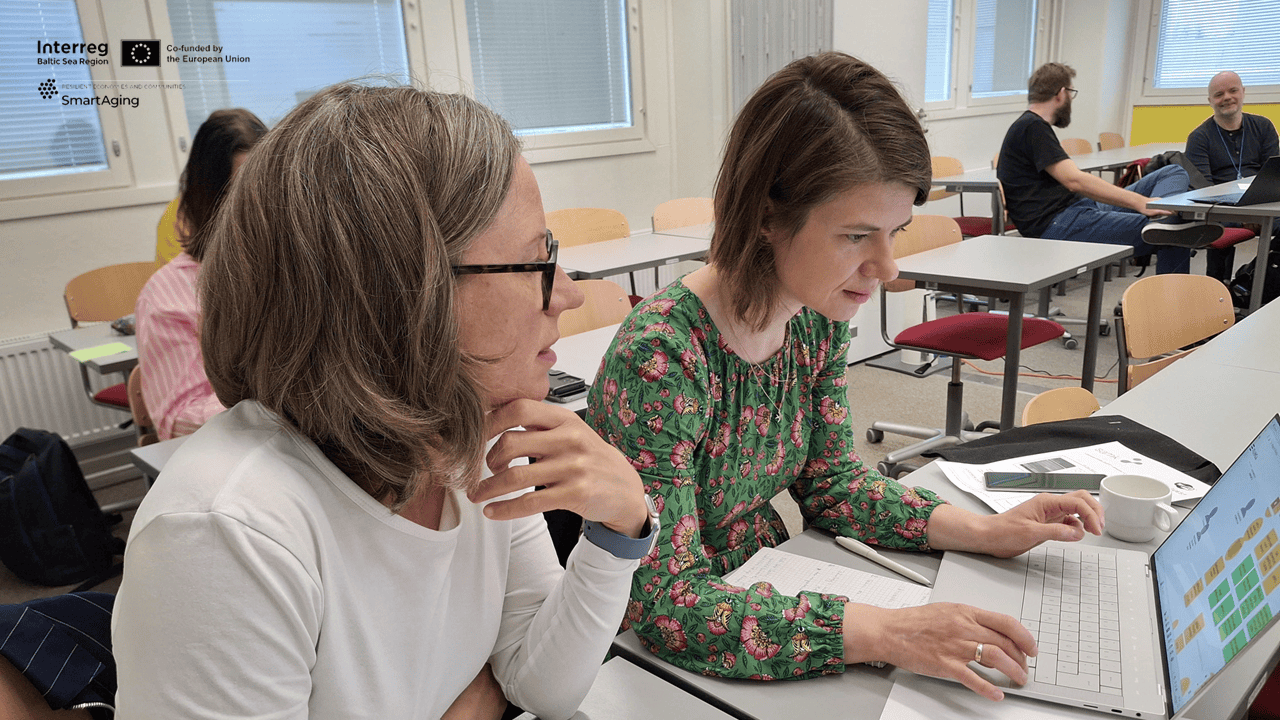
Moving from concept to co-creation, the group transitioned to SAMK’s Kokeilimo testing house in the afternoon. There, participants engaged in a guided ideation exercise, envisioning the future of assisted living through the lens of environmental impact and long-term functionality. Each team was challenged to develop a conceptual design for a resident’s room that would serve the needs of older adults in 2045. Working with a limited “eco budget,” teams considered how choices like natural lighting strategies, recycled materials, low-maintenance surfaces, and modular designs could be combined to support physical safety, cognitive ease, and environmental sustainability.
The emphasis during this session was not on radical innovation but on quiet, intelligent improvement, creating environments that respond to real human needs with durable, thoughtful solutions. Through active discussion, sketching, and scenario-based thinking, the teams generated concrete ideas that considered not just the appearance of a room, but how it would feel, function, and age with the user over time.
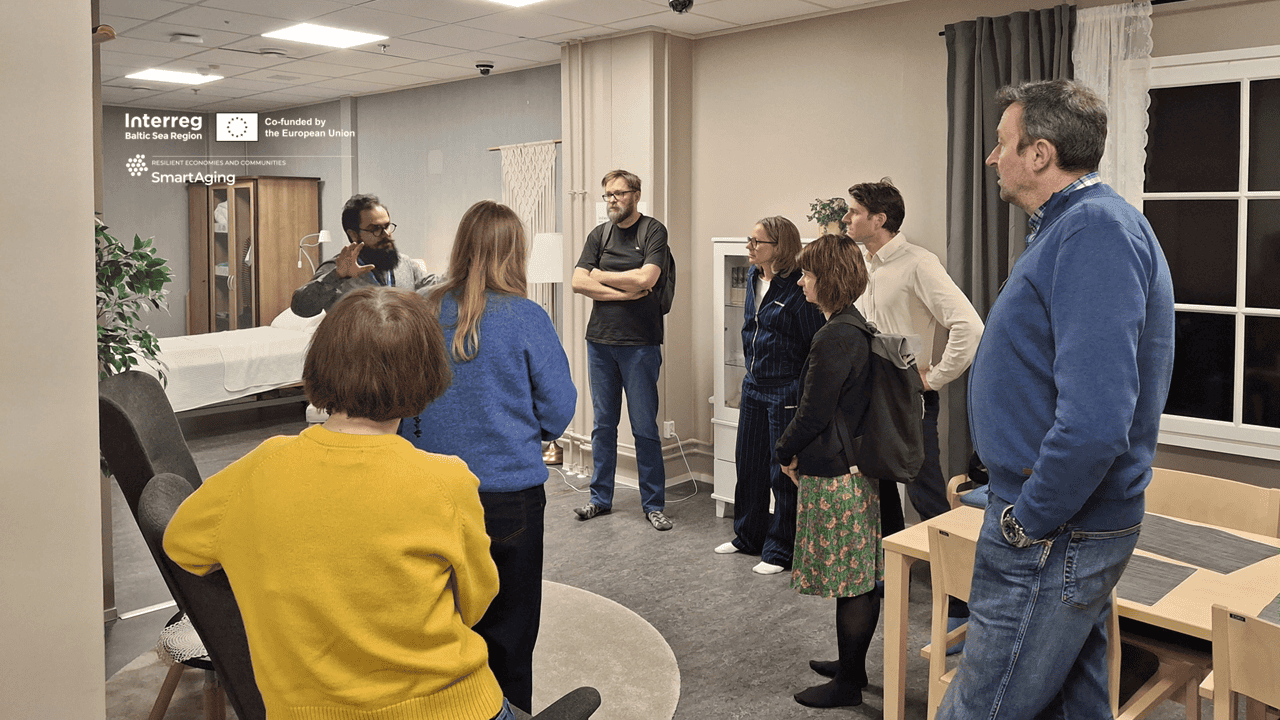
Later in the day, the focus shifted to communal spaces during a second ideation session at Peliselli, a nearby space for participatory experimentation. This part of the day was dedicated to understanding the emotional and social dimensions of shared environments in assisted living. Teams explored how design could support meaningful interaction, comfort, and mental stimulation in spaces used for dining, relaxation, or activity. The conversation moved beyond furnishings and layouts to consider how sensory elements, light, texture, sound, rhythm can affect how people feel in shared spaces, particularly when aging or navigating cognitive changes.
Ideas centered around flexibility, inclusivity, and subtle support. Whether envisioning a quiet lounge or a creative activity space, teams reflected on how spatial design can reduce stress, promote engagement, and allow for both solitude and connection. Special attention was given to accessibility, maintenance ease, and the inclusion of nature and daylight in everyday routines.
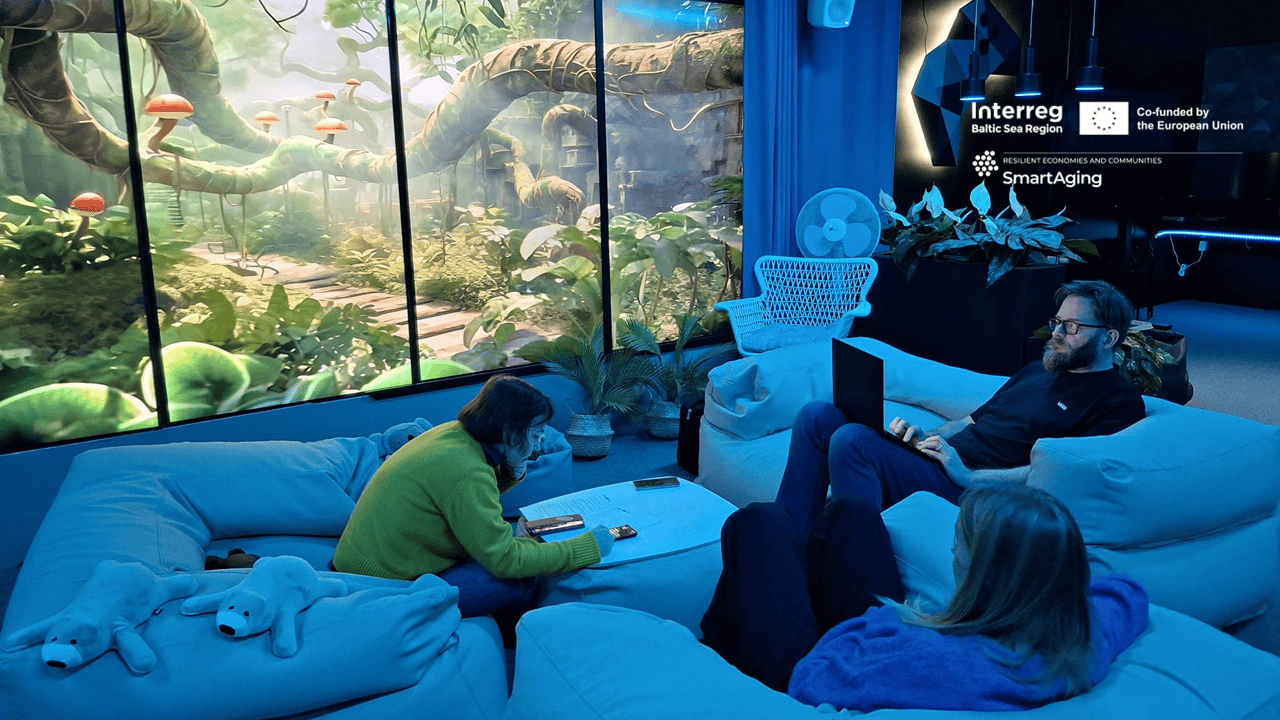
What made the day a success was not only the structure of the program, but the quality of engagement. The working atmosphere was open, reflective, and focused. Participants combined their varied professional backgrounds to generate not only concepts, but also a shared understanding of what makes a space truly livable, and age-appropriate in both physical and emotional terms.
The outcomes of the day will feed directly into the first stages of SmartAging’s development work. The design concepts, scenarios, and priorities developed during these sessions will inform prototyping and stakeholder engagement under WP1, while also shaping the materials for training and dissemination planned in later phases of the project. More broadly, the kick-off marked a strong start for a collaborative effort grounded in the values of sustainability, dignity, and practical innovation, laying a thoughtful and future-focused foundation for what’s to come.
